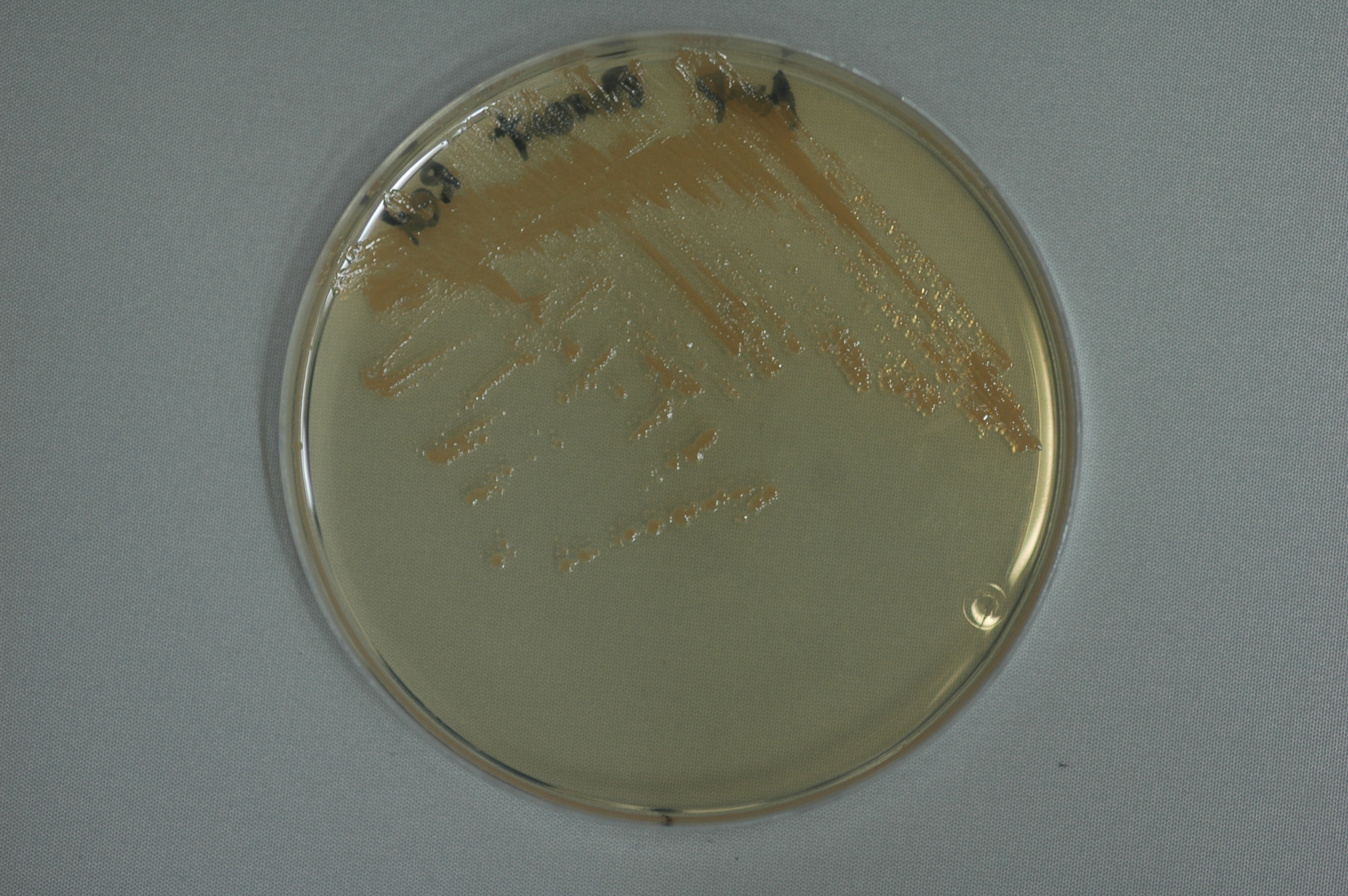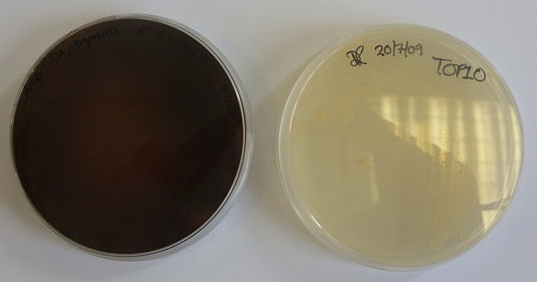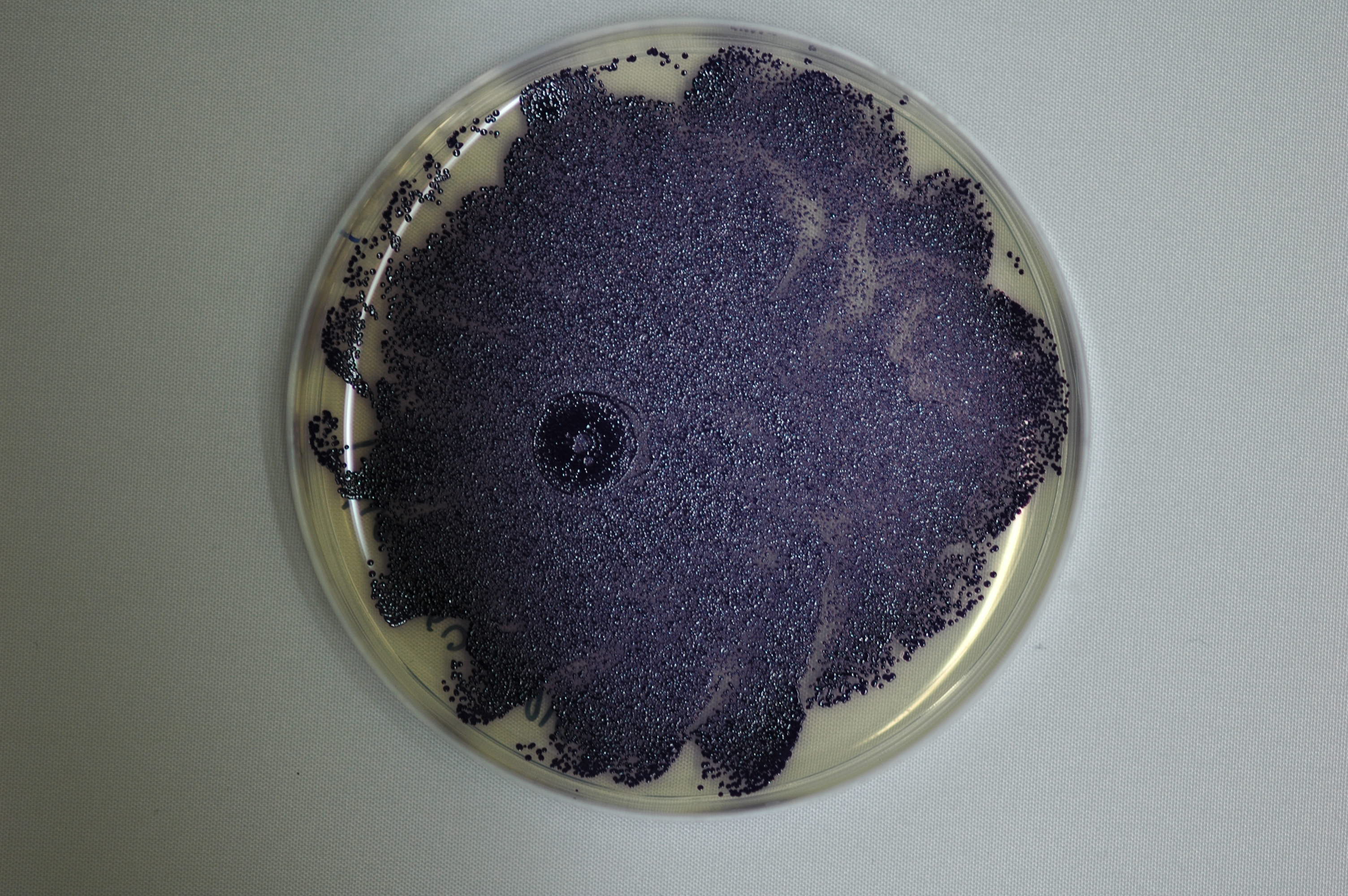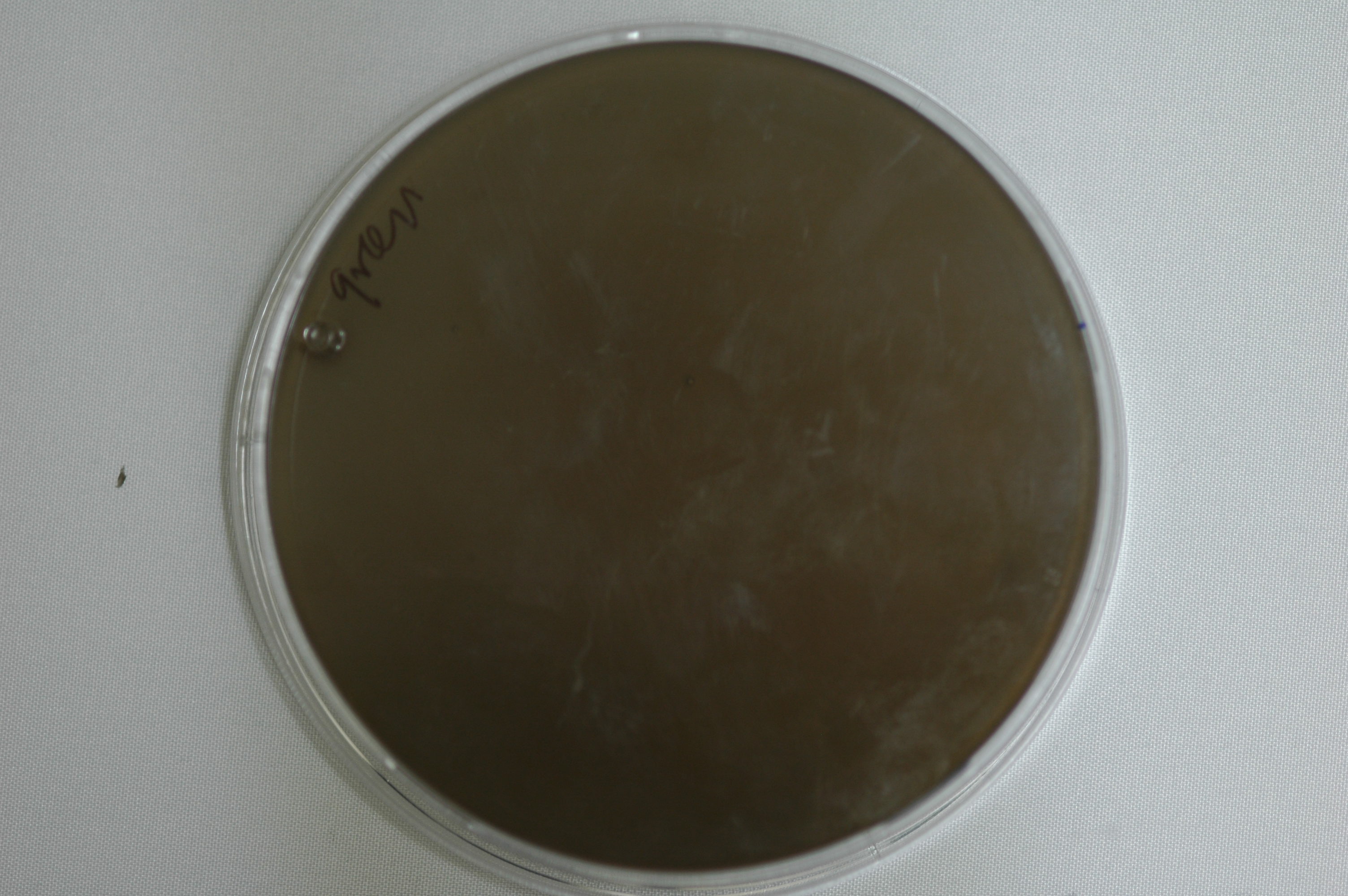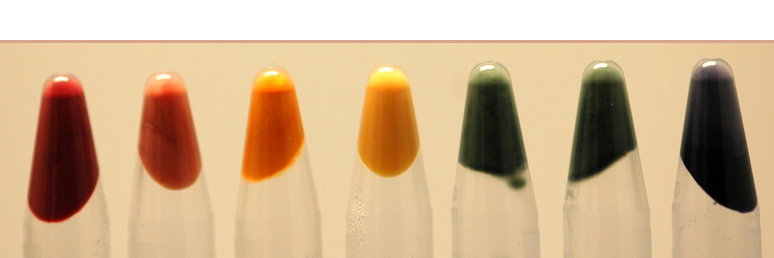Team:Cambridge/Project/Pigments
From 2009.igem.org
(→Choosing Pigments) |
|||
| (8 intermediate revisions not shown) | |||
| Line 6: | Line 6: | ||
The Cambridge 2009 iGEM team searched far and wide to find suitable pigments that could be used as outputs. Though ''E. coli'' does not naturally produce any pigment, several other bacterial species secrete pigmented antibiotics. We mined bacterial genomes for pigment-producing operons, and transformed the most prominent candidates into ''E. coli''. In particular, we have devoted our summer to 3 different pigment systems: | The Cambridge 2009 iGEM team searched far and wide to find suitable pigments that could be used as outputs. Though ''E. coli'' does not naturally produce any pigment, several other bacterial species secrete pigmented antibiotics. We mined bacterial genomes for pigment-producing operons, and transformed the most prominent candidates into ''E. coli''. In particular, we have devoted our summer to 3 different pigment systems: | ||
:*'''[[Team:Cambridge/Project/CA01 |Carotenoids]]''': The enzymes required for carotenoid production originally come from ''Pantoea ananatis,'' and were available in the registry. We used them to produce orange and red. | :*'''[[Team:Cambridge/Project/CA01 |Carotenoids]]''': The enzymes required for carotenoid production originally come from ''Pantoea ananatis,'' and were available in the registry. We used them to produce orange and red. | ||
| + | [[Image:Cam09_ca1.jpg|300px]][[Image:Cam09_ca2.jpg|300px]] | ||
| + | |||
| + | |||
:*'''[[Team:Cambridge/Project/ME01 |Melanin]]''': The tyrosinase required for melanin production originally comes from ''Rhizobium etli'' and produces brown. | :*'''[[Team:Cambridge/Project/ME01 |Melanin]]''': The tyrosinase required for melanin production originally comes from ''Rhizobium etli'' and produces brown. | ||
| + | [[Image:SDC105451.JPG|400px]] | ||
| + | |||
:*'''[[Team:Cambridge/Project/VI01 |Violacein]]''': The enzymes required for voilacein production originally come from ''Chromobacterium violacein.'' The operon can be manipulated to produce voilet, green, and blue. | :*'''[[Team:Cambridge/Project/VI01 |Violacein]]''': The enzymes required for voilacein production originally come from ''Chromobacterium violacein.'' The operon can be manipulated to produce voilet, green, and blue. | ||
| + | [[Image:Cam09_vio.jpg|300px]][[Image:Cam09_gre.jpg|300px]] | ||
As as a result of our efforts, this summer, we have submitted the following biobricks to the Registry. We hope that in the future this this kit of parts will be expanded in the future. | As as a result of our efforts, this summer, we have submitted the following biobricks to the Registry. We hope that in the future this this kit of parts will be expanded in the future. | ||
| Line 47: | Line 53: | ||
'''Visual Diversity''': Not only do these devices come from different bacterial species, but between these systems we've almost made -- as cheesey as it sounds -- all the colours of the rainbow. | '''Visual Diversity''': Not only do these devices come from different bacterial species, but between these systems we've almost made -- as cheesey as it sounds -- all the colours of the rainbow. | ||
| - | [[Image:RAINBOW.png]] | + | [[Image:RAINBOW.png|700px]] |
'''Design''': We were able to use a variety of different techniques to build and design these pigment systems as biobricks. The carotenoid parts were already in the Registry, and were used standard assembly protocols to build pigment producing devices. The melanin system is a single gene which we endeavoured to turn into a biobrick by PCR. Finally, we designed the violacein operon for synthesis, codon optimizing it for both E. coli and B. subtilis and designing it so it is easy to manipulate to generate different pigments. | '''Design''': We were able to use a variety of different techniques to build and design these pigment systems as biobricks. The carotenoid parts were already in the Registry, and were used standard assembly protocols to build pigment producing devices. The melanin system is a single gene which we endeavoured to turn into a biobrick by PCR. Finally, we designed the violacein operon for synthesis, codon optimizing it for both E. coli and B. subtilis and designing it so it is easy to manipulate to generate different pigments. | ||
Latest revision as of 23:26, 21 October 2009
Categories :
Project :
-
Overview
Sensitivity Tuner
--- Characterisation
--- Modelling
Colour Generators
--- Carotenoids (Orange/Red)
--- Melanin (Brown)
--- Violacein (Purple/Green)
The Future
Safety
Notebook :
Team Logistics :
Colour Generators
The Kit of Parts
The Cambridge 2009 iGEM team searched far and wide to find suitable pigments that could be used as outputs. Though E. coli does not naturally produce any pigment, several other bacterial species secrete pigmented antibiotics. We mined bacterial genomes for pigment-producing operons, and transformed the most prominent candidates into E. coli. In particular, we have devoted our summer to 3 different pigment systems:
- Carotenoids: The enzymes required for carotenoid production originally come from Pantoea ananatis, and were available in the registry. We used them to produce orange and red.
- Melanin: The tyrosinase required for melanin production originally comes from Rhizobium etli and produces brown.
- Violacein: The enzymes required for voilacein production originally come from Chromobacterium violacein. The operon can be manipulated to produce voilet, green, and blue.
As as a result of our efforts, this summer, we have submitted the following biobricks to the Registry. We hope that in the future this this kit of parts will be expanded in the future.
| Biobrick | Colour |
|---|---|
| Red | |
| Orange | |
| Brown | |
| Violet | |
| Dark Green | |
| Light Green |
Choosing Pigments
We chose to pursue these 3 pigment systems for two main reasons. Visual Diversity: Not only do these devices come from different bacterial species, but between these systems we've almost made -- as cheesey as it sounds -- all the colours of the rainbow.
Design: We were able to use a variety of different techniques to build and design these pigment systems as biobricks. The carotenoid parts were already in the Registry, and were used standard assembly protocols to build pigment producing devices. The melanin system is a single gene which we endeavoured to turn into a biobrick by PCR. Finally, we designed the violacein operon for synthesis, codon optimizing it for both E. coli and B. subtilis and designing it so it is easy to manipulate to generate different pigments.
Potential for Gene Manipulation: The melanin system is particularly elegant in that a single gene is able to generate pigment as long as the bacteria are supplemented with copper and tyrosine. On the flip side, the carotenoid and violacein systems are multi-gene operons that make more than one pigment each. Further, they generate pigments without any supplements to the media.
 "
"

